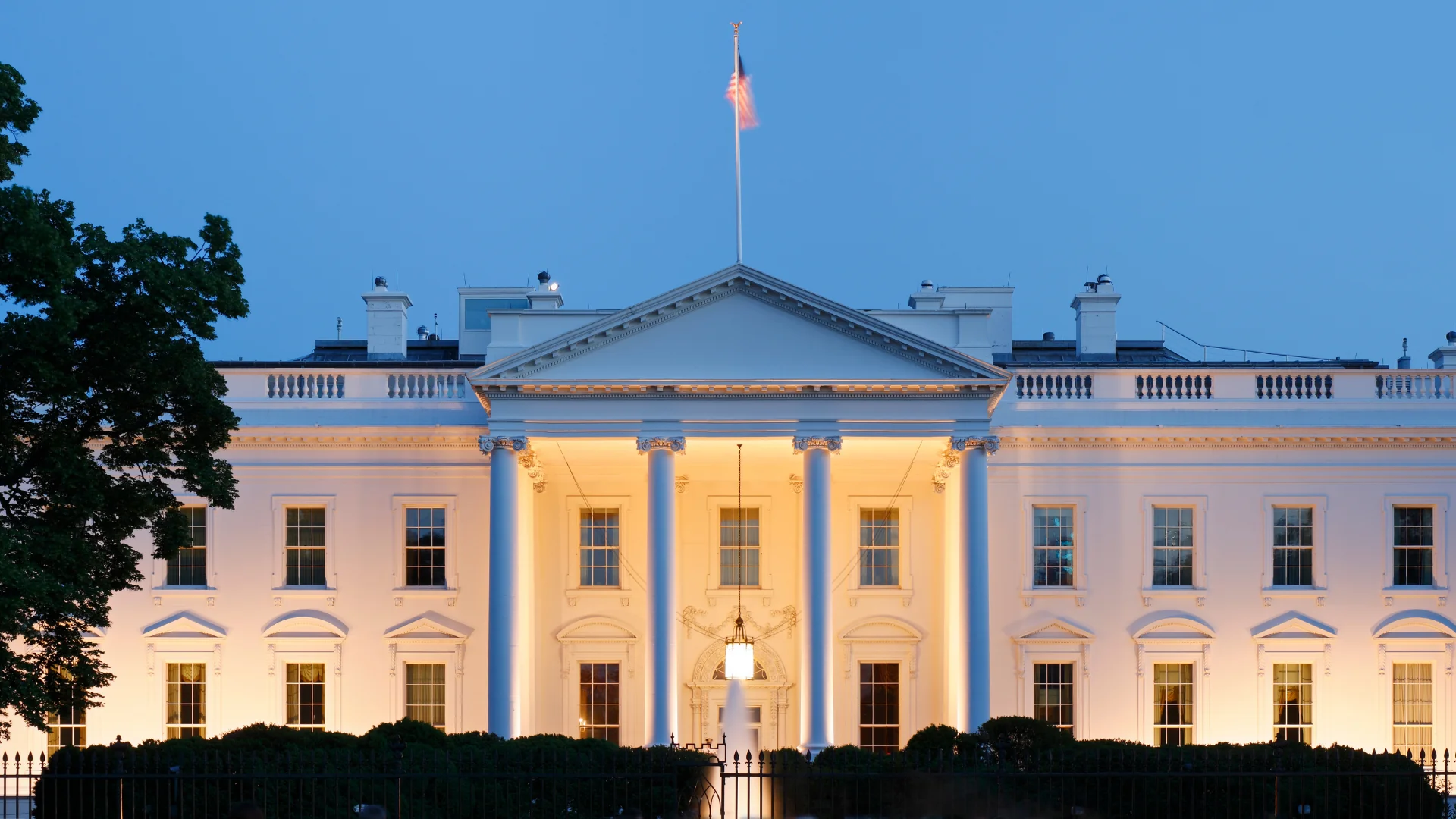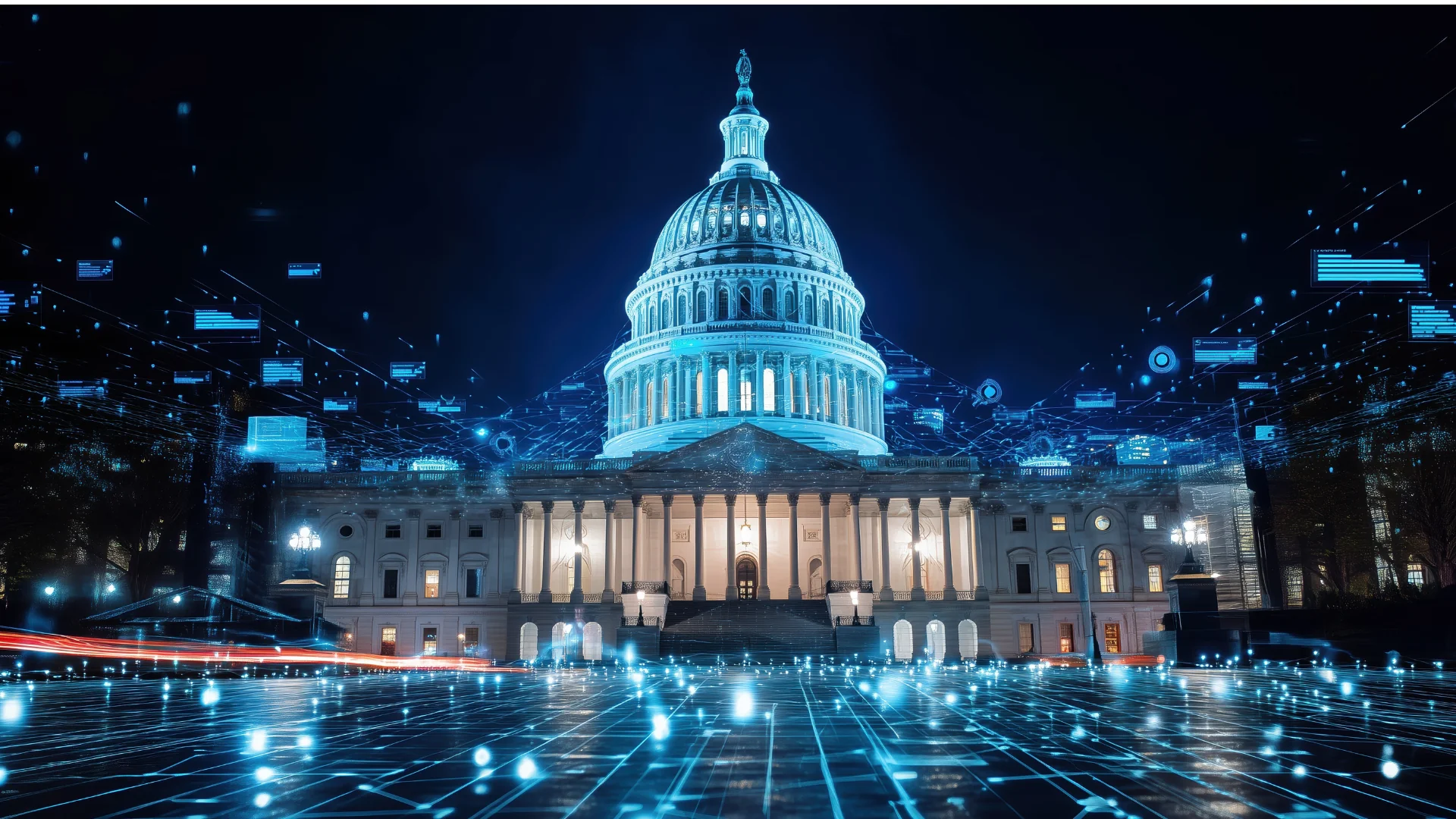The President’s Budget aims to enhance the quality and delivery of services provided by the Federal government. It outlines a comprehensive plan to strategically prioritize modernizing government operations and improving customer experience. This analysis will delve into the key priorities and implications of the President’s Budget within these domains.
Modernization of Service Delivery
A significant portion of the Budget is allocated towards modernizing service delivery across various federal agencies. This includes:
Digital Transformation: The Budget emphasizes the expansion of digital services, such as online passport renewals, improvements in Social Security Administration (SSA) services, and the modernization of taxpayer services by the IRS. Such initiatives aim to make government services more accessible and user-friendly, reflecting a shift towards digital-first solutions.
Enhanced Service Delivery: Efforts to improve service delivery for rural communities, senior homeowners, low-income renters, and tribal communities are included. By investing in digital tools and pilot programs, the Budget aims to provide improved access to federal services.
Customer Experience Focus: The investment in customer experience teams and digital service capabilities across federal agencies highlights a customer-centric approach. This includes building shared products and platforms to enable seamless services and conducting customer research to inform service improvements.
Building on Life Experience Pilot Projects
The Budget outlines initiatives to build on the success of pilot projects that target specific life experiences, such as:
Support for New Parents: Increasing funding for the Healthy Start program and initiating a maternal supply kit pilot for veteran mothers align with the administration’s commitment to supporting families during critical life moments.
Streamlining Access to Benefits: The allocation of funds to improve benefits-related income verification services aims to reduce bureaucratic hurdles and strengthen program integrity.
Community Outreach: Continued efforts to develop new models of community outreach for older adults making retirement decisions demonstrate a recognition of the need for tailored, locally informed services.
Investment in Customer Experience Capacity Across Government
The Budget’s commitment to enhancing the federal government’s capacity to deliver superior customer experience is evident in several key investments:
Builds Shared Products and Platforms to Enable Simple, Seamless, and Secure Services Across the Federal Government: The Budget provides funding for continued maintenance of the Federal Website Standards, U.S. Web Design System, Digital Analytics Program, Site Scanning Program, Digital.gov, Search.gov, Touchpoints, and Feedback Analytics. The Budget also supports design exploration for creating government-wide web content standards and search engine optimization practices, including the potential of using Search.gov to better structure and connect information across agency websites.
Expansion of Customer Experience Teams: The Budget emphasizes strengthening customer experience and digital service delivery by leveraging specialized expertise and modernizing existing capabilities. This approach aims to enhance the government’s ability to innovate and improve service delivery through strategic investments in technology and process improvements.
Digital Service Capacity: With a significant investment in the U.S. Digital Service (USDS) and other digital initiatives, the Budget seeks to address challenges in accessing digital service expertise and to promote efficient, secure, and effective use of information technology.
Implications and Conclusion
The President’s Budget represents a forward-looking strategy to reimagine how the federal government interacts with and serves the public. By prioritizing the modernization of service delivery, leveraging lessons from pilot projects, and investing in customer experience capacity, the plan aims to create a more responsive and efficient government. This approach recognizes the critical role of technology and digital services in today’s society.
Ultimately, the successful implementation of these priorities could lead to significant improvements in public trust and satisfaction with government services, while also setting a precedent for how modern governance can adapt to the evolving needs and expectations of its citizens.
Find out more about REI’s CX Capability here.
Author:
Sandra Gerges
Customer Experience Lead
Connect on LinkedIn





